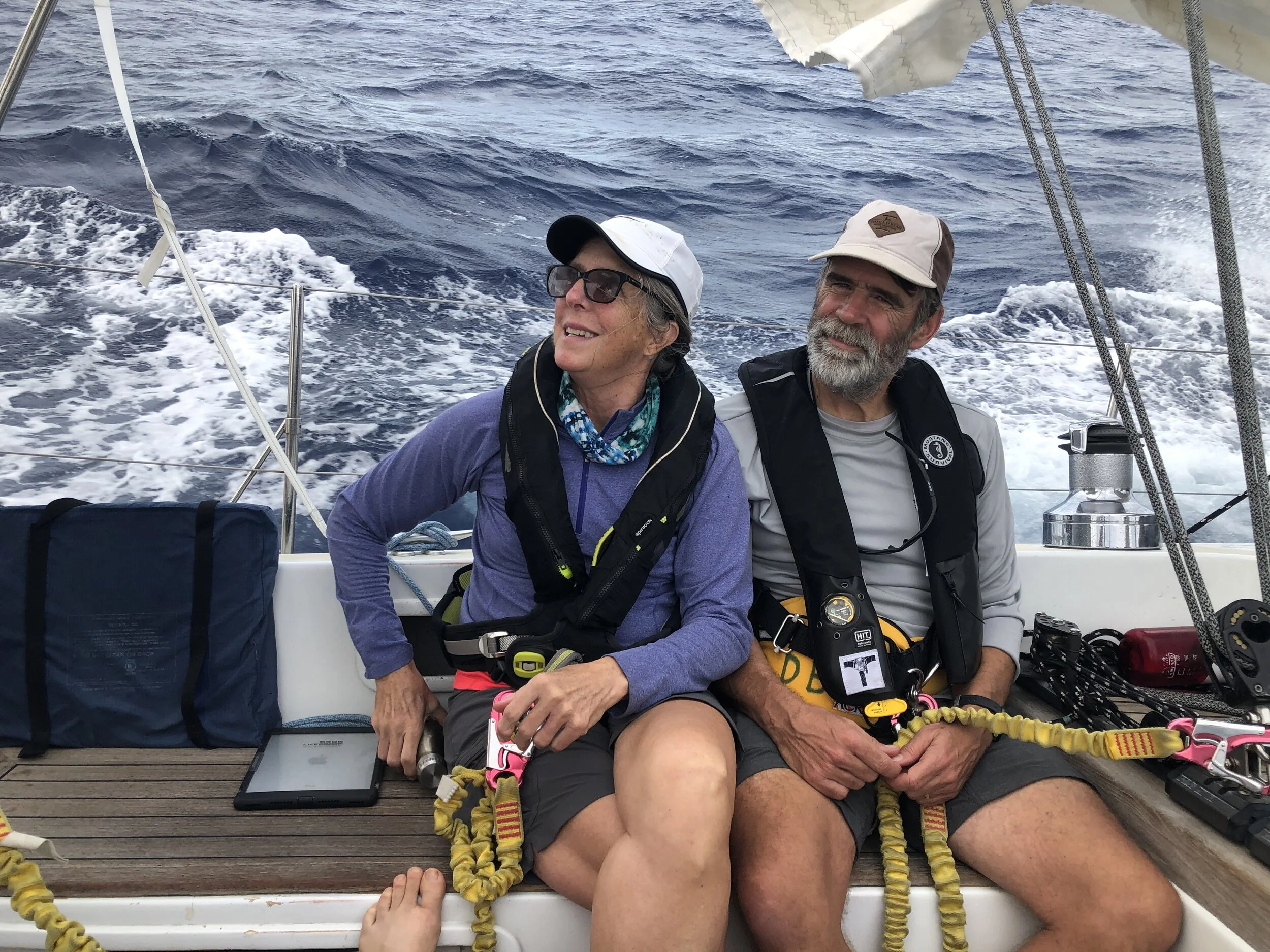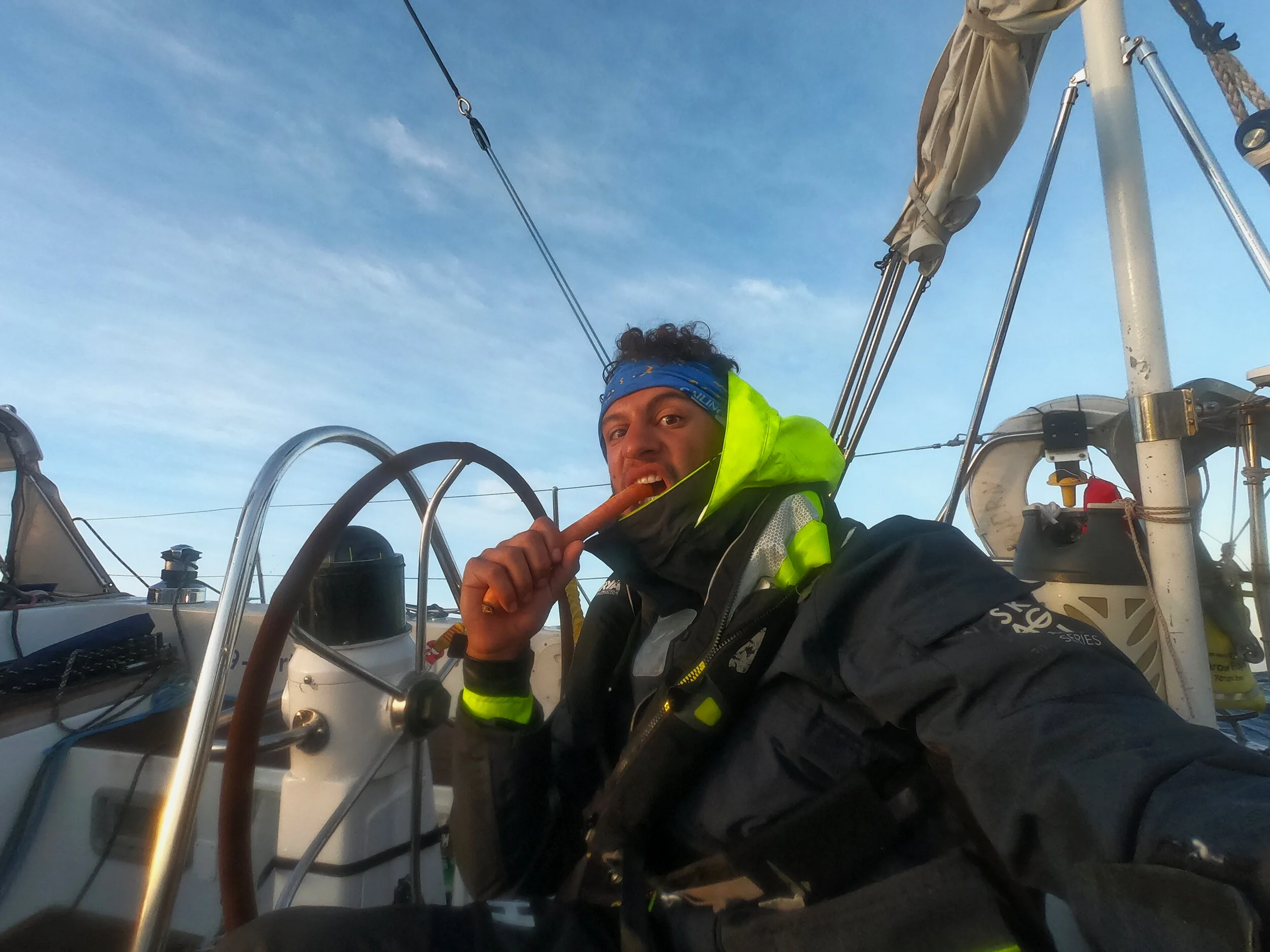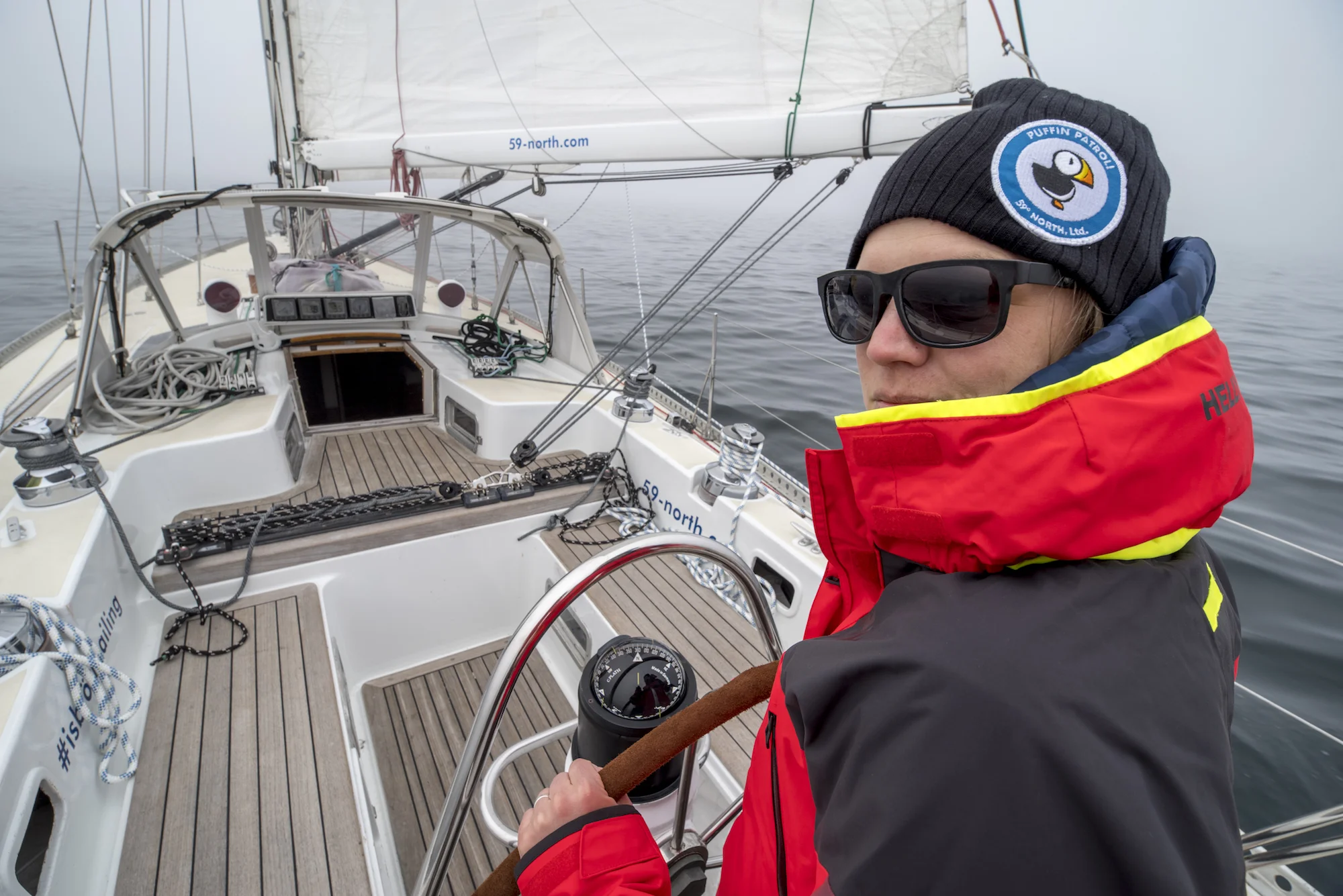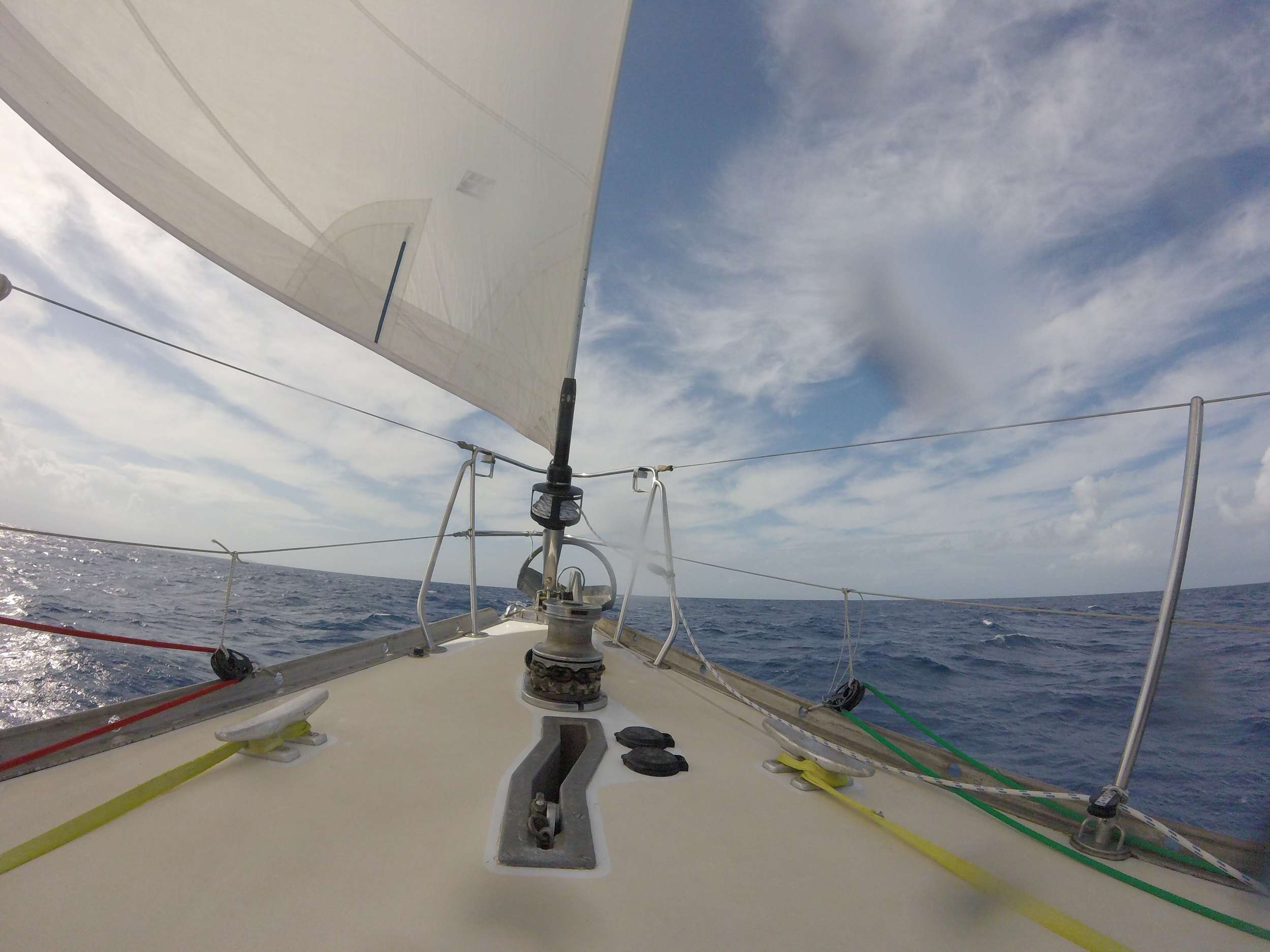9 FEBRUARY 2011
And finally brother after while
the battle will be over.
And we shall lay down our burdens!
And study war
no more.
I learned to listen to Moby while writing in 2005 in Australia. Living on the Brisbane River put me within a ten-minute bike ride to the University of Queensland, where I "studied" (two days per week). The library there was ultra modern and sterile, white and glass everywhere, with high ceilings and convoluted staircases. It was akin to an old-world city, with labyrinthine hallways, a distinct departure from the expected orderly rows of musty stacks and brown card catalogs.
I often sat at one of the public computers, which being a Mac, blended well with the white motif. The essay had something to do with tourism – that is what I studied there – but specifically I don't remember what. Moby's hotel.ambient was my background music. It was mellow, it blocked out the background chatter and distractions and it didn't have repetitive beats or catchy rhythms to break my stride. Instead, the music tended to help me into a trance-like state, where only the writing existed, kind of like the feeling one gets on a long run, when the only conscious thoughts are each step on the road in front of you, and you no longer feel the niggles and pains in your body. It's delightful.
And so it has been every time I sit down at the keyboard since, and so it is now. The same recording, over and over again, yet never getting repetitive or intrusive, but rather inducing the opposite effect of allowing me total immersion in the task at hand.
I sit on the couch in the apartment near Globen, in Stockholm. It's cold outside today – my hands became numb on the walk home from Gamla Stan just now (carrying a box of wine). The sun remains low in the sky, but intensely bright, and lingering for a few extra minutes each day as it marches north again towards the spring. The boxes I used to wax my skis on Saturday are still sitting on the floor of the living room. I had good intentions of taking them to the storage unit in the basement. Hasn't happened yet.
Our window overlooks the other apartments across the way. They're a dull off-white with a slight yellowish tint, with a bright red tiled roof, sloping to a peak just enough to slough off the newly fallen snow, but not so much as to resemble an Alpish chateau. Beyond the first building, which is three stories high and rectangular in shape, rises the upper floor and the rooftop of another building further along. This one is of a similar style, but smaller, narrower. At this time of day, the yellowish walls – which are tinted ever-so-slightly darker than our immediate neighbors' – reflect the light of the setting sun, giving the structure vivid depth, and starkly contrasting the deepening blue of the background sky. For an otherwise nondescript city-ish backdrop, it's unusually beautiful.
Monday, 7 February 2011
I skied for the second time today. It takes forty minutes to get from the apartment to Agesta friluftsgarden – five minutes walking up the hill to Skarmarbrink t-bana station, a few stops on the train, then a bus ride from Farsta to Agesta, and a two-minute hike through the parking lot to the snow. Nobody speaks to me or looks me in the eye on the train or on the other public transportation. Not because I'm American and feel odd and out of place (my own doing), but because people here don't speak to or look at each other in the eye either. They are not unfriendly; in fact, it's decidedly the opposite. But people here generally mind their own business if left alone, and everyone seems to like it that way.
I have no idea how one is supposed to look while cross-country skiing. I'm perfectly happy getting dressed in spandex to go on a bike ride back home (though I haven't yet taken the plunge and shaved my legs, thankfully) – this is the norm, and I fit in. Before researching my skis though, I didn't even know the sport had two distinctly different styles – "Classic" and "Skate." Classic skis have no metal edges and operate kind of like walking – you plant your weight on a foot and a pole and 'kick' forward, gliding onto the other foot and transferring your weight. Once the glide slows, you kick with the other side, being careful to coordinate the weighted side and the pole side so as to be in sync. The skis remain parallel to one another and you generally ski within a marked and groomed track, as if you were a train riding on pre-set rails. This is called the 'diagonal kick' style. On the flats or slightly downhill sections, you simple stand there and pole your way through the snow, though using more of your abs than your arms to do so. On steep uphills, you herringbone, which, when attempting to do quickly, produces comedic results for the beginner, at least this one.
'Skating,' on the other hand, is exactly what it sounds like. The type of skis required for this sport (for it's different enough to be considered as such, in my mind anyway) have metal edges like the downhill skis I'm used to, and the action is very similar to the action one takes when trying to traverse the lodge area of a mountain to get to a lift on the other side. Except (as with the classic style) your heels are not attached to the ski, providing more flexibility, ostensibly. This, to me, would come quite naturally after having spent half my lifetime on downhill skis, perfecting the lift-line traverse. Of course, for Vasaloppet, I ignorantly chose the 'Classic' division.
I was well prepared for my first outing on my own – I had my backpack loaded with my camera, my water bottle, a banana and a thermos ("it keeps things warm, it keeps things cold – how do it know!?") full of mint tea. I had on my long underwear beneath my running tights (I've since learned that, like cyclists, cross-country skiers prefer spandex as well, to my delight) and the blue fleece I bought 4 years ago in New Zealand. I wore my black running hat on my head, and a blue handkerchief around my neck, which made me feel like a bank robber from an old western movie.
Agesta friluftsgarden is a recreational area to the south of the city. In the summertime it's a golf course surrounded by woodlands that have a criss-crossing network of running trails and those fitness stations you see sometimes back home (with monkey bars, pull up rings, balance beams and the like) that no one ever seems to use. In the winter, the running trails and cart paths magically and brilliantly turn into skiing tracks. They're even lit up at night.
With each new snowfall, someone (presumably employed by the government and paid with socialist dollars) comes to the area and grooms the skiing trails, though not in the same way an alpine resort is groomed. The trails cater to both the skate and the classic styles of skiing, and are groomed accordingly. The machines are tractors that drag behind them the grooming mechanism, not unlike the tractors that groom a baseball field prior to a ballgame. The grooming device has two parts – in the center, the snow is leveled and groomed much like an intermediate trail at an alpine area, leaving the trademark 'hero snow.' This is for the skaters. At each edge, the device cuts two skinny-ski-width tracks, about half a meter apart, to fit the average stance of the classic skier. These are the 'train tracks' that the classic skiers follow, and the combination groomer allows both styles to share the same trails. For classic skiers on the loop trails, one track is generally used for the slower skiers, while the other is the passing lane. The 'skaters' stay in the hero snow in the middle.
I wrongfully assumed that the area was primarily a golf course, with the ski trails a novelty addition. But I forgot that in Sweden, winter can last more than half the year, and skiing is far more socialist than golf. Golf requires hefty greens fees; skiing is free for everyone. This became obvious as I sauntered through the parking lot and onto the snow (the marvelous thing about cross-country skiing is that the boots feel like slippers and have designed flex in the sole so as to be able to comfortably and confidently walk in the them. Indeed, I left the apartment in them and wore them on the train. The binding mechanism is simply a horizontal metal bar the diameter of a thick piece of spaghetti on the toe that clips into a rather minimalist binding – which, incredibly, was mounted on my skis at the Intersport store in Sodermalm in less than an hour, while I waited and with no appointment). On the far side of an open area adjacent to the parking lot was a starting gate of sorts, two large pine logs stuck into the snow with a banner strung between the two. Next to this was a large map posted on a wooden billboard, eye level, which showed a topographic map of the surrounding terrain and the trails that criss-crossed it. Next to that was a hefty wooden picnic table.
I laid down my skis in the snow next to this supposed starting gate, a few meters from the right-most tracks (which had obviously not been groomed in some time. It's been warm in Stockholm lately, the snow melting during the day and re-freezing at night, providing the conditions you'd expect given that scenario). I cinched my backpack straps tight so it wouldn't flop around, clipped into my bindings and set off towards the forest track. It was flat, so I utilized the poling method, which is precisely what it sounds like and not significantly different than using ski poles on an alpine slope to keep your speed up on the flats spots. And I promptly fell on my ass.
The day before, I was watching skiing on television at the apartment. We don't have cable (not many people in Sweden do), so we only get 5 or 6 channels. Invariably (in the wintertime anyway), one of those channels has skiing on it. Despite the fact that the broadcast is in Swedish, I'm mesmerized whenever this comes on, and watch it intently. That day was a Swedish championship of sorts, where the top finishers would advance to represent Sweden in the World Championships. They were performing the classic style (as opposed to the skate style, which is usually what the biathlon competitors – another winter sport constantly on TV – use), and I watched intently to try and learn something. I discovered that they rarely use the diagonal kick method, but instead thrust themselves forward with remarkable energy only using their poles (through their abs). Only on the slight uphills do they use the diagonal kick – the course had more severe uphills, and here they broke into a herringbone jog of sorts, effortlessly floating up some pretty steep inclines.
The run up to the finish line was a long flat section, and these guys were flying, slamming their poles into the ground, thrusting forward with their shoulders and bending past horizontal to get the full force out of the motion. As they extended their arms to prepare for the pole plant, they'd rock forward with straight legs onto their toes (remember, your heels are not attached to the ski, making this possible), then with the forward burst of the pole plant, propel their hips forward and glide down the track, their weight centered on their feet and the skis. I absorbed all of this in an effort to maximize my own training sessions, for in less than three weeks I'd be setting off for 90 kilometers of racing in a sport I'd only done just once (for three km, with Mia on Saturday).
With this extension-and-heel-lift thought in my head, I dropped into the track, extended my poles, rocked forward onto my toes and exploded forward. I immediately lost my balance, my feet getting way out in front of my center of gravity and fell ass-backwards onto the snow. Trouble was, the snow was ice. The tracks that are cut by the grooming machine get rutted over time with use, as you'd expect – the ridge between the grooves (basically the space between your feet as you look down to your skis) had become a solid block of rock-hard ice, and my tailbone met this ridge with fervor. Recall how difficult it is to get to your feet the first time you fall on alpine skis. This remains the case on cross-country skis (they are so freaking skinny!). My instinct was to jump up immediately and 'walk it off,' curious, really, to see if any permanent damage was done. But I couldn't get up. When I finally did (very awkwardly), I brushed the snow off my tights and my knitted gloves and took stock of my situation. Nobody had seen me, I don't think, so that was reassuring. I hadn't even reached the forest yet, and it was only 100 meters or so away – I was barely through the start gate, bruised, embarrassed and a heckuva lot more nervous for the Vasaloppet than I was three days before as I was packing up my new skis in the living room of my dad's house back home.
I recovered from my overconfident crash and stepped back into the tracks, only after looking around and making sure no one was watching. This time I kicked off much more tentatively. After a few graceful diagonal kicks, I felt pretty comfortable. My skies glided well on the flats and seemed to have good grip when I wanted to kick. I got going towards the forest where the track abruptly narrows from an open field into a five-meter-wide trail. As I approached the entrance – passing one of the aforementioned workout stations when the trail is used for running – I rocked up onto my toes again, planted my poles and pushed off, confident that I'd get a nice boost of speed into the woods. And fell on my ass.
The same thing happened – I was overzealous in my pole kick, my feet got way in front of me, I lost my balance and down I went. The ice was, incredibly, harder than my first tumble, and I fell on precisely the same spot, the right side of my tailbone on the boniest part of my butt right beside the nice soft parts of my cheek. It really hurt this time, and again I was covered in granulated snow, particularly my hands, which, with their knitted gloves, seemed to attract it. Again I awkwardly stood up, and again I nervously glanced around to see who'd witnessed this buffoon trying to get ready for a fifty-five mile ski race. I'd hardly gone fifty-five feet.
I decided that little heel-lift, toe-rock maneuver was a little advanced for this beginner, and I abandoned all thoughts of the race I'd watched on TV the day before. Even more tentatively than the first time, I headed into the forest.
The first stretch was actually quite pleasant, and I surprised myself by getting into a quick rhythm despite my false start. To my right was a steep hillside covered in thick brush, while on my left was a few sparse, leafless trees that opened onto a frozen lake (actually part of the archipelago, which ultimately leads to the Baltic and Atlantic Ocean). In it's center, the lake had been plowed (probably by the same socialist employee who groomed the ski trails – and socialism is bad again because…?), and people were walking their dogs on the ice and skating with their kids. I could see a large U-shaped section of plowed ice – it seemed as though they hadn't plowed an oval or a rink, but a path that looked as if it extended far beyond where I could see, a trail on the frozen lake much like the ski trail I was enjoying at that moment. Mia later told me that with such a long and cold winter, Swedes just learn to accept and enjoy it. I could see why.
My trail quickly turned to the right, inland. I was met with my first short, but very steep slope, and practiced herringboning (is that a word?) up it. Though not nearly as graceful or swift as the guys from the TV, I made it (without falling), and emerged onto a plateau of sorts, deeper into the woods. The trail was well-marked with green signposts every few hundred meters, a markers after every kilometer. The snow in the tracks was rutted and icy, but in the forest either side of me appeared fluffy and untouched (though I imagined it was crusted over with a hard layer of ice due to the fluctuating temperatures of late). At least it looked nice.
My plateau quickly began its descent. On alpine skis, I'd have had no trouble, would have looked forward to the decline and the rush of speed. On skinny skis, with no edges and trapped in the deep tracks made by the groomer, with my heels unattached and my poles suddenly way longer than I was comfortable with, I was terrified. Apparently I'd done a reasonable job of waxing my skis on Saturday, because I accelerated down the hill (which, even at the time, was no more than a bunny slope, if that), with more speed than I cared for, my arms extending out to the sides and my pole tips scraping the ground in a futile effort to control my speed and maintain my balance. Thankfully it leveled off with a long straightaway and I managed to stay on two feet.
On the flat sections, I practiced the diagonal kick method, focusing on my mantra (for all things, really), of 'slow is smooth, and smooth eventually becomes fast.' I'd get into a good rhythm, kicking off my right foot, gliding on my left and vice versa, getting up a good head of steam before completely losing it when I'd neglect to shift my weight sufficiently and my 'kicking' ski would slide right out from under me. At that point I'd stop, repeat my 'slow is smooth…' mantra and get back into the groove. This worked.
After three kilometers, my confidence was high. I was kicking and gliding with relative ease. I knew I was still a beginner, but there were fleeting moments when I felt like I was 'flowing,' when the effort was effortless. I must stress that these fleeting moments were indeed fleeting, but I felt them and they gave me confidence, and that's all I need. After six kilometers I accelerated down a slope which I knew had a flat runoff and I burst out of the forest and back towards the starting gate where I'd fallen on my ass (twice) less than an hour before. By now, I was a different skier.
Next to the maps was that aforementioned picnic table of thick, rough-hewn lumber. I kicked off my skis and unstrapped my backpack and sat down to enjoy my mint tea and my banana. The area was quiet – I distinctly remember thinking how wonderful it was to be so close to the capital of Scandinavia and yet feel completely removed from the city, and I thought how wonderful it was to be in Scandinavia, and I thought how wonderful it is that not too many other people feel the same way and that this place, which I am very close to calling home (though never truly will, for my home can only exist where I grew up), is far enough removed from the typical tourist trail to remain unique and appealing.
It had only taken me 45 minutes to complete a six kilometer circuit of the forest trail. I wasn't feeling particularly tired either, and there was plenty of daylight remaining. 'I can totally do this Vasaloppet dealy, no problemo,' I thought to myself. I packed my bag (after taking a few solo photos of myself) and set off for towards the golf 'bana.'
Where the forest was quiet and closed, the golf course was spread out and open. It was an enjoyable change of pace. I poled my way across an open stretch leading from the parking lot where I initially began, up and over a few hillocks and down again through a flat valley. I found it unreasonably comical that whoever maintains the golf course (seemingly someone other than the socialist-paid groomer of the ski center) does not remove the pins – there they stood, proudly sticking out of the snow, their red, white and blue flags indicating the hole positions relative to the greens.
Someone else, apparently, maintains the signage for the ski trails. I shortly came upon a junction in the track – to the right and up the hill was marked the '5KM Trail,' while to the left and straightaway was the '8KM Trail.' Seeing that I'm about to tackle 90km, I chose the latter. The golf 'bana' track was decidedly hillier than the forest track. I was passed on two occasions by two guys out on their own. They couldn't have been much fitter than me, but their technique was obviously superior. They sped by me with such ease as to make me wonder if they were using a different wax (which is quite possible).
With two K to go, I noticed another bunch on my tail. The trouble I have with cross-country skiing is that I don't know how to shift gears. I find it easy enough (relatively) to maintain an easy pace. If I get in the groove, I become reasonably comfortable with the diagonal kick method and can keep my momentum up. I practiced getting just as horizontal as the racers on TV and using my abs to propel me on the flat poling sections. I just don't know how to accelerate. When I run, or swim or bike (the three propulsive sports I am most accustomed to), I can quite easily shift into a higher gear (literally, on the bike). If I'm off on a good run, I can increase my cadence to the point that my feet are literally flying over the ground and I get the perception that their not even touching. On steep hills on the bike I can shift into the small ring, stand on the pedals and dance my way past most of the amateurs I (used to) ride with. I'm definitely not a fast swimmer, but relative to my cruising speed, I know how to accelerate and go faster for a stint.
Not so with skiing. No matter how I try, I simply cannot go any faster. I can't even tire myself out – it's as if I'm running on a treadmill that will only go to number 6 when I need it to go to number 11. Somehow, in my (obviously) poor technique, I am missing out on the ability to accelerate and go faster, even for short stints. For me, it's either stop or go. There is no in between.
So when the couple with the dog that appeared with 2K to go started making headway on me, I had no defense. When I run or bike in a group I can't help but be in the front – first of all I hate being stuck in the crowd at the back; but worst of all, my competitive side can't stand following anybody. I have to be out front, have to be the leader.
When I used the ride with the Annapolis Triathlon Club, I'd always position myself at the front of our twenty-man peloton near the base of one of the steep (but short) hills along the Severn River. My good friend Brian and the bike shop manager Joe would usually be flanking me, and we'd all up the pace ever so slightly in anticipation of the jolt that was to come as the slope increased. The hill came in two parts, a short, steep burst at the bottom where we'd all stay pretty much even (though pushed the pace so that by it's finish we were in the red). Then came a very brief respite, a tiny flat section not more than few meters to flush the lactic acid out of your thighs. The road immediately turned upward into the steepest, longest section – this was where the moves were made. I tended to wait until someone else made the jump, then latched onto their wheel, stayed there for a few seconds, and jumped to either side, accelerating past them and up and over the crest of the hill, in front of everyone else. I was throttled by the top, scarcely able to breath, and took the next five minute descent to recover as the pack caught up with me. But I was first over that crest, and my ability to accelerate when I needed it was never in question, and I earned respect from my fellow cyclists for it. I was king of that small hill, and they knew it.
On skis, I'm a commoner. I was passed three times over 8 km, by guys I never even saw coming and scarcely saw after they'd passed they were gone so quickly. And I couldn't do anything about it, which was the most frustrating part of all.
The dog tipped me off. Out there on the golf course, it's very easy to be distracted into your own world – it's quiet, skiing is quiet, and it's easy to lose yourself (much like I lose myself when I'm listening to Moby and writing, which is currently still playing, by the way). That dog was so excited to be romping around in the snow. I immediately wished that Oatie was there to experience the same thing, and I understood why he (or she) was so happy. I've seen Oatie that way on our runs in the snow back home. But that dog was not quiet in the least. He lead his leaders by a few hundred meters. Unlike the others that passed me, the dog gave me a warning, and with 2 km to go, I had a few hundred meter head start and knew they were coming. Thankfully, the rest of the way was flat, and I pounded into my pole plants and my diagonal kicks as hard as I could (despite knowing that my beginners technique was not making me any faster, despite the extra effort). Nonetheless, I succeeded, and glided triumphantly off of the golf course and back to my picnic table, still a few hundred meters ahead of my competition (who, with an extra km or so would have undoubtedly caught me, with little extra effort on their part). It was a Pyrrhic Victory perhaps, but a victory nonetheless.





















